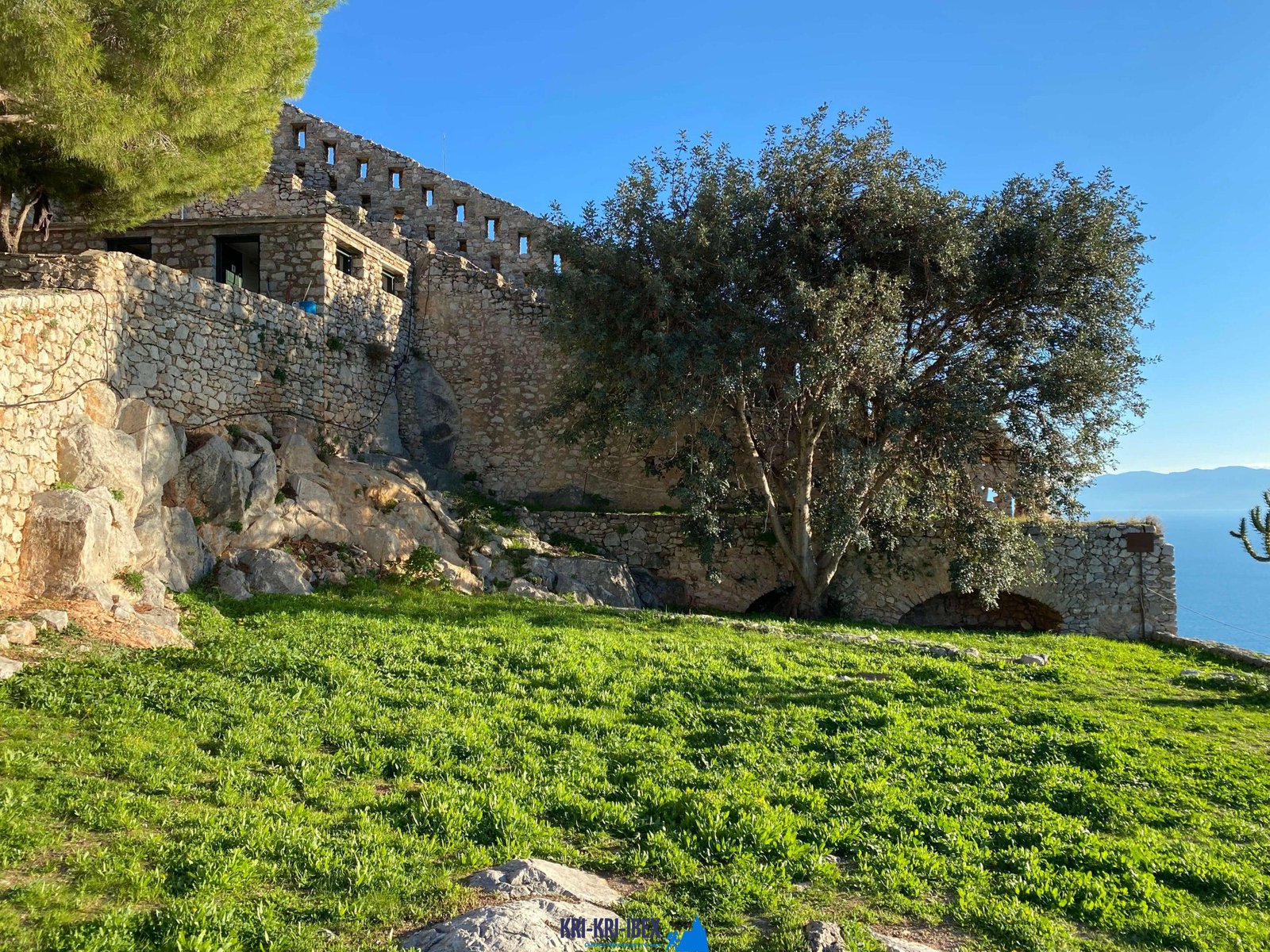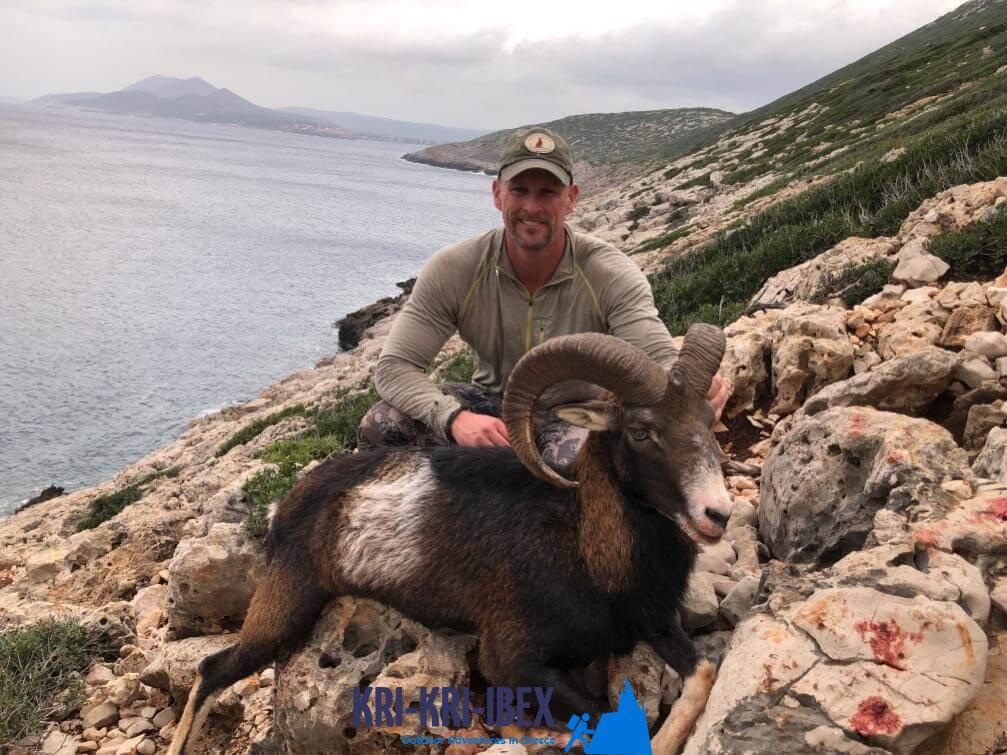
Hunting for Kri Kri ibex in Greece is an incredible searching expedition and also great vacation done in one. Ibex hunting is typically a harsh experience, yet not in this case! Dive to shipwrecks and also spearfishing in old Greece, or delight in ibex searching in an unique area are just a few of the things you might do throughout a week lengthy ibex searching trip in Greece. Can you consider anything else?

This Ibex is not a little Capra aegagrus bezoar ibex, which has actually moved to the western extremity of this types' array. The kri-kri (Capra aegagrus cretica), additionally known as the Cretan goat, Agrimi, or Cretan ibex, is a feral goat living in the Eastern Mediterranean. The kri-kri has a light brownish coat with a darker neck collar. 2 sweeping horns task from the head. Throughout the day, they conceal to stay clear of tourists. In nature, the kri-kri can leap or climb seemingly sheer high cliffs.
On our Peloponnese excursions, you'll get to experience all that this amazing area has to offer. We'll take you on a scenic tour of several of the most gorgeous and historical sites in all of Greece, consisting of ancient damages, castles, as well as more. You'll additionally get to experience some of the typical Greek society firsthand by appreciating a few of the delicious food and a glass of wine that the region is recognized for. As well as of course, no journey to Peloponnese would certainly be total without a dip in the sparkling Mediterranean Sea! Whether you're a knowledgeable hunter seeking a novice vacationer or a new journey just seeking to discover Greece's spectacular landscape, our Peloponnese scenic tours are perfect for you. So what are you awaiting? Book your journey today!
Look no better than the Sapientza island in Greece if you are looking for Kri Kri ibex search as well as memorable trip destination. With its stunning all-natural charm, scrumptious food, and abundant culture, you will certainly not be let down. Book among our hunting and visiting Peloponnese Tours from Methoni today, dot forget your prize Kri Kri ibex!
What is the diference between Kri Kri ibex, Bezoar ibex and hybrid ibex
The kri-kri is not thought to be indigenous to Crete, most likely having been imported to the island during the time of the Minoan civilization. Nevertheless, it is found nowhere else and is therefore endemic to Crete. It was common throughout the Aegean but the peaks of the 8,000 ft (2,400 m) White Mountains of Western Crete are their last strongholds–particularly a series of almost vertical 3,000 ft (900 m) cliffs called ‘the Untrodden’—at the head of the Samaria Gorge. This mountain range, which hosts another 14 endemic animal species, is protected as a UNESCO Biosphere Reserve. In total, their range extends to the White Mountains, the Samaria National Forest and the islets of Dia, Thodorou, and Agii Pandes.
This Ibex is NOT a diminutive form of the Bezoar Ibex, which has migrated into the western-most reach of the range of this species. The kri – kri (Capra aegagrus cretica), sometimes called the Cretan goat, Agrimi, or Cretan Ibex, is a feral goat inhabiting the Eastern Mediterranean, previously considered a subspecies of wild goat. The kri-kri has a light brownish coat with a darker band around its neck. It has two horns that sweep back from the head. In the wild they are shy and avoid tourists, resting during the day. The animal can leap some distance or climb seemingly sheer cliffs.
“The agrimi goat Capra aegagrus cretica is unique to Crete and its offshore islands. It has been identi®ed as a sub-species of the wild bezoar goat Capra aegagrus aegagrus Erxleben, 1777, which it closely resembles in horn shape, body form and coloration. This classi®cation has been disputed by some researchers who claim that the agrimi are feral goats, derived from early domestic stock brought to the island by the ®rst Neolithic settlers. In order to clarify this issue, DNA analyses (cytochrome b and D loop sequences) were carried out on tissue of live and skeletonized agrimi and compared to sequences of wild and domestic caprines. Results conclusively show the agrimi to be a feral animal, that clades with domestic goats (Capra hircus) rather than with wild Asiatic bezoar. This study demonstrates that morphometric criteria do not necessarily re¯ect genetic af®nities, and that the taxonomic classi®cation of agrimi should be revised.”